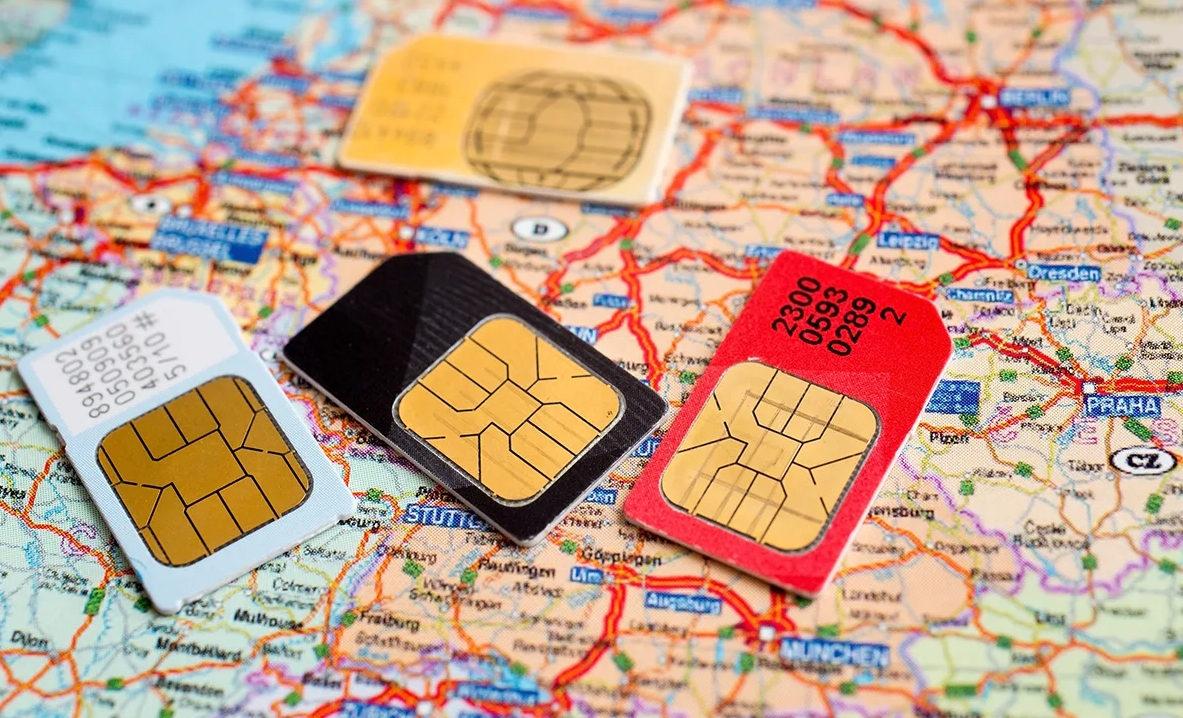Augmented Reality (AR) in mobile applications. Augmented Reality (AR) in Mobile Applications: Transforming Realities. Augmented Reality (AR) has emerged as a groundbreaking technology that blurs the line between the physical and digital worlds, enhancing user experiences in mobile applications. As smartphones continue to advance in capabilities, AR has found its way into various sectors, revolutionizing how we interact with information, entertainment, and the world around us. This article delves into the transformative impact of Augmented Reality in mobile applications.
Definition and Functionality:
Augmented Reality is a technology that overlays digital content onto the real-world environment, creating a blended experience for users. In mobile applications, AR utilizes the device’s camera, sensors, and processing power to superimpose virtual elements, such as images, animations, or information, onto the user’s physical surroundings in real-time.
Navigation and Wayfinding:
AR in mobile applications has revolutionized navigation and wayfinding. Apps like Google Maps now incorporate AR features that overlay directional arrows and real-time navigation information onto the live camera feed, making it easier for users to navigate unfamiliar surroundings. This enhances the user’s spatial awareness and simplifies the navigation process.
Gaming and Entertainment:
One of the most prominent uses of AR in mobile applications is in the gaming and entertainment industry. Games like Pokémon GO have captivated millions of users by integrating virtual characters and elements into the real world. AR enriches gaming experiences by encouraging users to explore their physical surroundings while interacting with digital content.

Retail and Shopping:
AR has transformed the retail experience by allowing users to visualize products in their real-world environment before making a purchase. Mobile applications enable virtual “try-ons” for clothing and accessories, visualization of furniture in living spaces, and even testing paint colors on walls. This immersive shopping experience enhances user confidence and decision-making.
Some examples of AR mobile apps:
Pokémon GO: This popular game uses AR to allow players to catch Pokémon in the real world.
IKEA Place: This app allows users to see how IKEA furniture would look in their homes before they buy it.
Snapchat: This popular social media app has a number of AR features, such as filters and lenses, that users can use to add digital content to their photos and videos.
Education and Training:
AR in mobile applications has made significant strides in education and training. Educational apps use AR to bring textbooks and learning materials to life, providing interactive 3D models and simulations. In professional training, AR facilitates hands-on experiences by overlaying instructional information onto real-world objects.

Healthcare and Medical Training:
AR plays a vital role in healthcare applications by aiding medical professionals in visualization, surgery planning, and training. Medical students can use AR to explore 3D representations of the human body, while surgeons benefit from augmented visualizations during procedures, improving precision and outcomes.
Benefits of using AR in mobile apps:
Increased engagement: AR can make mobile apps more engaging and interactive for users.
Improved visualization: AR can help users to visualize information in a more immersive and understandable way.
Enhanced customer experience: AR can provide a more personalized and engaging customer experience.
Marketing and Advertising:
AR has redefined marketing and advertising strategies in mobile applications. Brands use AR to create interactive and engaging campaigns that allow users to interact with products or experience immersive storytelling. This not only captures attention but also enhances brand awareness and user engagement.
The integration of Augmented Reality into mobile applications represents a paradigm shift in how we perceive and interact with digital content. From enhancing navigation and gaming experiences to transforming education and healthcare, AR opens up a world of possibilities. As technology continues to evolve, the impact of AR on mobile applications is set to grow, offering users increasingly immersive and interactive experiences that bridge the gap between the virtual and physical realms.



